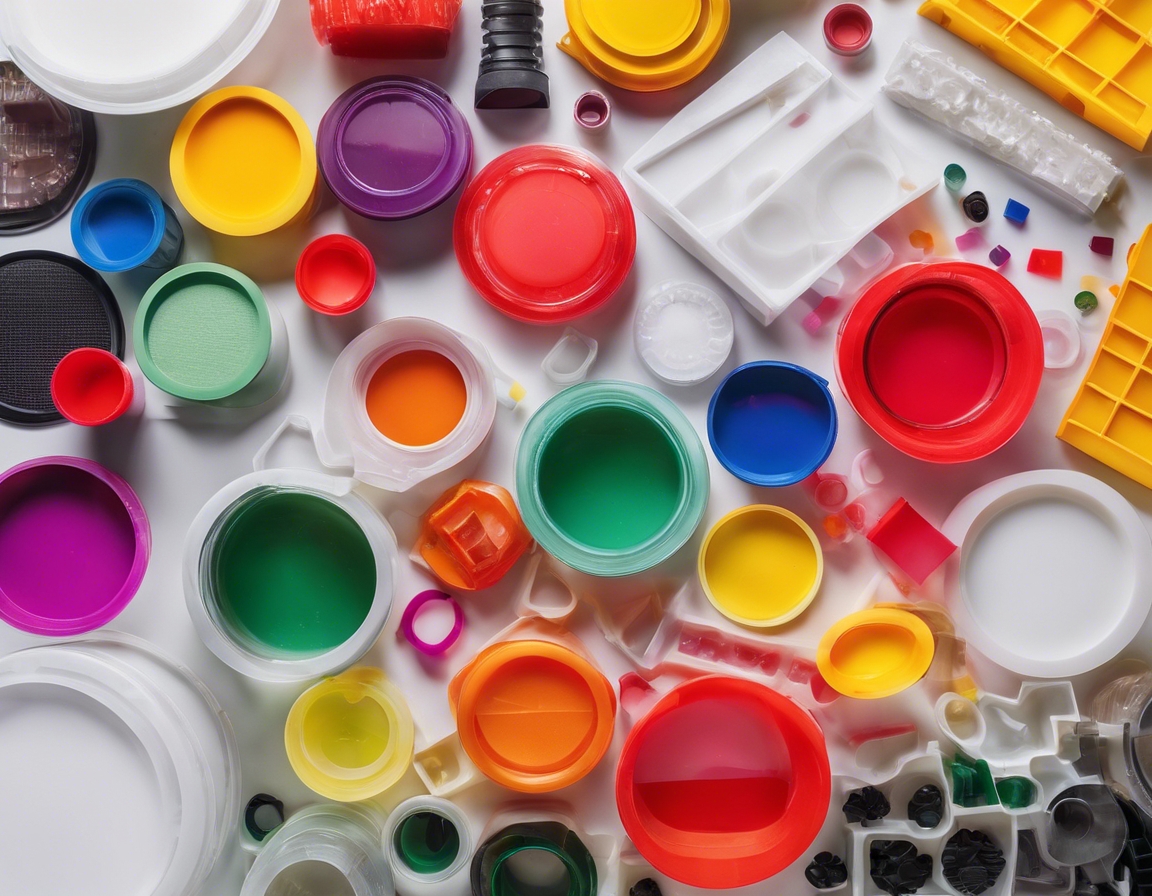The importance of quality cable cladding in safety
Cable cladding, also known as cable sheathing or insulation, is the outer covering of a cable that provides a protective barrier between the electrical conductors and the external environment. This layer is crucial for maintaining the integrity and functionality of the cable, ensuring that it can safely transmit electrical power or data without risk of damage or interference.
Various materials are used for cable cladding, including PVC, rubber, neoprene, and polyethylene. Each material offers different properties in terms of flexibility, durability, and resistance to chemicals, temperature, and UV radiation, making the choice of cladding material critical depending on the application.
The Role of Cable Cladding in Safety
Quality cable cladding acts as the first line of defense against environmental factors such as moisture, chemicals, and physical abrasion. It prevents contaminants from reaching the conductors, which could otherwise lead to short circuits or corrosion.
Proper cladding is essential for preventing electrical hazards such as shocks and arcs. It ensures that the electrical current is contained within the cable, protecting users and nearby equipment from potential harm.
High-quality cladding materials can be designed to be flame retardant or even fire-resistant, slowing down the spread of fire and reducing the release of toxic fumes in the event of a fire, thereby enhancing overall safety.
Standards and Regulations for Cable Cladding
There are numerous international standards that dictate the requirements for cable cladding, such as the International Electrotechnical Commission (IEC) standards. These standards ensure that cables can be used safely across different countries and industries.
Manufacturers and suppliers must adhere to strict compliance and certification processes to ensure that their cable cladding meets the necessary safety standards. This involves rigorous testing and quality control measures.
Technological Advancements in Cable Cladding
Advancements in material science have led to the development of new cladding materials that offer superior protection and durability. These innovations include the use of nanomaterials and composites that can provide enhanced performance characteristics.
Smart cable cladding solutions, which incorporate sensors and monitoring systems, are emerging. These technologies enable real-time monitoring of cable conditions, allowing for proactive maintenance and increased safety.
Choosing the Right Cable Cladding for Your Needs
When selecting cable cladding, it is important to consider the specific environmental conditions in which the cable will be used. Factors such as temperature extremes, exposure to chemicals, and mechanical stress should guide the selection process.
Investing in high-quality cable cladding is essential for ensuring safety and reliability. Quality cladding not only meets safety standards but also provides long-term performance, reducing the need for frequent replacements and maintenance.






Comments (0)